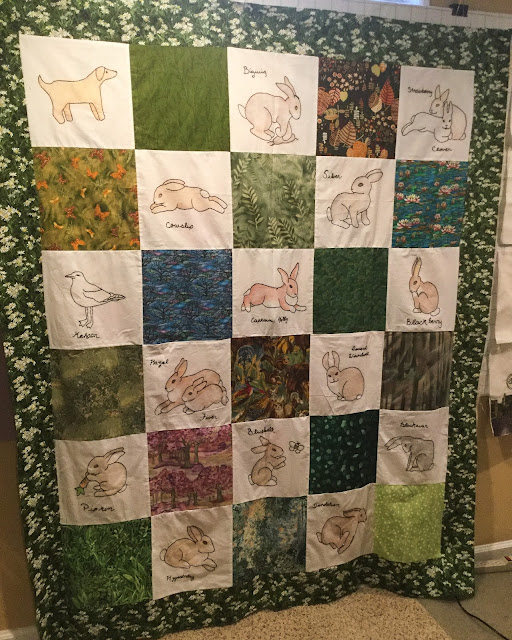With some trepidation, I proceeded to read Conversations with RBG, worried it would be 'over my head.'
I was immediately pleased to find Jeffrey Rosen's book was informative, with a good sense of Justice Ruth Bader Ginsberg's personality and ideas about "life, love, liberty, and law," and yet accessible to a general reader like myself. Most of the cases discussed were quite well known, although in Rosen's chapter introductions there were references to cases outside of my knowledge.
Each chapter is a transcript of a conversation between Rosen and RBG that took place over time, focusing on one aspect of her life or career. The conversations consider landmark Supreme Court cases but also consider the present and future of the Court.
Rosen and RBG bonded over a shared love of opera. Classical music and opera are RBG's passion, bringing beauty, joy, and therapeutic escape into her workaholic life.
I appreciated learning about her early cases working with the American Civil Liberties Union and the Women's Rights Project.
RBG endeavored for laws that were neutral in regards to sex, so that men and women had the same, equal protections.
I think that men and women, shoulder to shoulder, will work together to make this a better world.~RBG quoted in Conversations with RBGAll the landmark cases are addressed from RBG's landmark cases to her dissenting votes. A very interesting chapter concerns RBG's meeting with Margaret Atwood. Also discussed is how RBG became a cultural icon, memorialized in opera and social media memes.
Rosen asked, "What's the worst ruling" the current Court has produced, and she answered Citizens United. "I think the notion that we have all the democracy that money can buy strays fo far from what our democracy is supposed to be."
I read in the newspaper today that Virginia passed the Equal Rights Amendment, which RBG had supported. Last night I had read about Rosen asking if the ERA might be revived in correlation with the 100th anniversary of the Nineteenth Amendment. RBG replied that because some states withdrew their ratification "it would be better to start over."
I appreciated RBG's philosophy of the court being "a reactive institution." She believes the Court should respect the legislative judgment of Congress.
RBG is hopeful, understanding that the American democratic experiment is an ever-evolving process.
"I am an originalist; I think we're constantly forming a more perfect Union, which is what the Founders intended. As bad as things may be, there are better than they once were. These are not the best of times, but think of how many bad time's I've experienced in my long lig.e Starting with the Second World War...then Senator Joe McCarthy...Then Vietnam. Somehow, we have gotten over the worst of times."~RBG in Conversations with RBG by Jeffrey Rosen
I won a free book from the publisher through LibraryThing. My review is fair and unbiased.
Read an excerpt here.
Conversations with RBG
by Jeffrey Rosen
Henry Holt and Co.
Publication: 11/05/2019
hardcover $28
ISBN: 9781250235176































